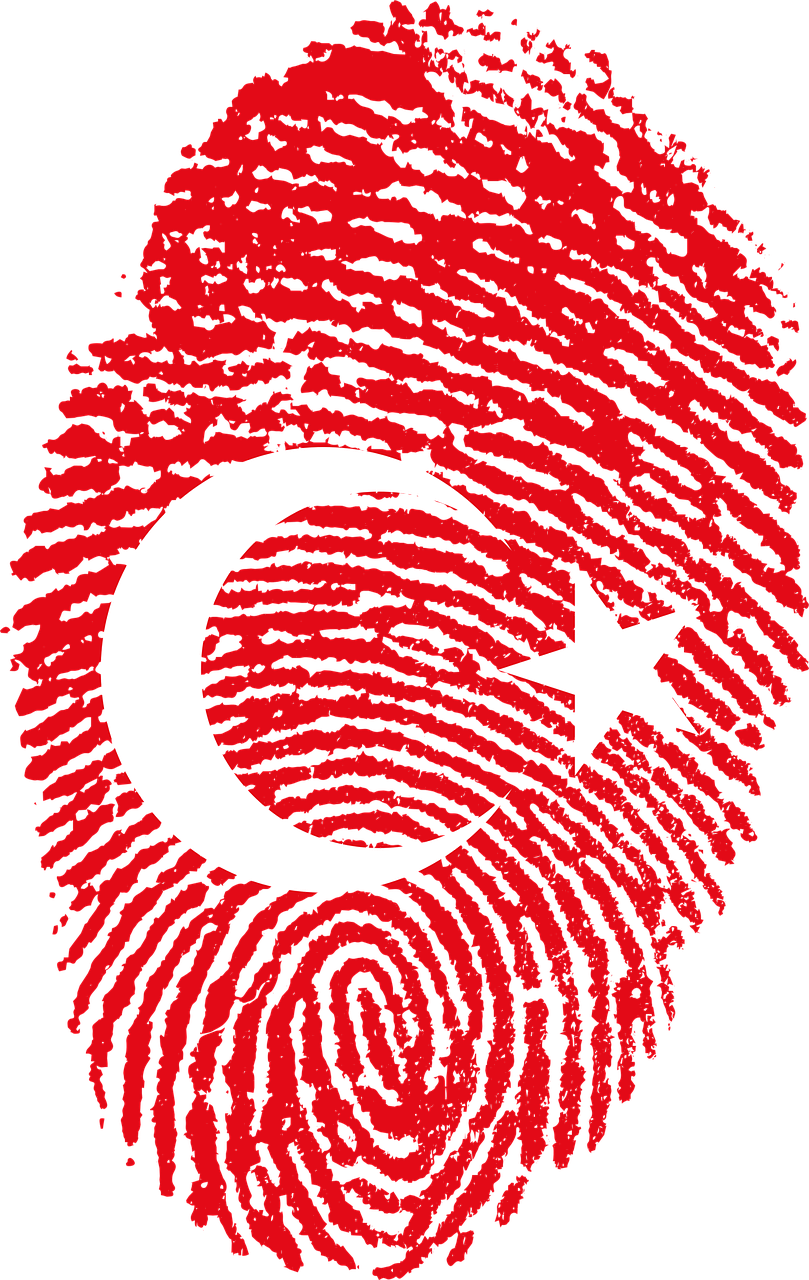In our increasingly interconnected world, the concept of cultural identity holds a significant place in defining who we are as individuals and as communities. It is a complex and multifaceted aspect of our lives that shapes our values, beliefs, behaviors, and sense of belonging. In this blog post, we will delve into the intricacies of cultural identity, exploring its definition, components, and the role it plays in today’s diverse and globalized society.
What Is Cultural Identity?
Cultural identity can be defined as the shared sense of belonging, values, traditions, language, and customs that characterize a particular group or community. It is the lens through which individuals perceive the world and understand their place in it. So, cultural identity is not static; it evolves over time and can be influenced by various factors, including geography, history, religion, and social interactions.
Components of Cultural Identity
Cultural identity is composed of several key components, including:
- Language: Language is a fundamental aspect of cultural identity. Meanwhile, it not only enables communication but also carries the history and traditions of a culture.
- Traditions and Customs: Cultural traditions, rituals, and customs shape the way people celebrate events, interact with one another, and express their values.
- Religion: Religion often plays a central role in cultural identity, influencing moral values, traditions, and community cohesion.
- Food: Cuisine is a reflection of cultural identity, with each culture having its unique dishes and culinary practices.
- Art and Creativity: Art, music, dance, and literature are forms of cultural expression that contribute to a group’s identity.

Examples of Cultural Identity
Language and Dialects: In India, there are over 19,000 dialects spoken, each contributing to the rich cultural tapestry of the country.
Traditional Clothing: The kimono in Japan, the saree in India, and the kilt in Scotland are iconic examples of cultural clothing that symbolize heritage.
Religious Celebrations: The Diwali festival in Hinduism, Ramadan in Islam, and Hanukkah in Judaism are religious celebrations that embody cultural identity.
Cultural Festivals: The Brazilian Carnival, Chinese New Year, and Mardi Gras in New Orleans are examples of cultural festivals that showcase traditions and art forms.
Challenges of Cultural Identity
While cultural identity is a source of pride and connection, it can also present challenges in a globalized world. So, cultural clashes, stereotypes, and discrimination based on cultural differences are some of the difficulties individuals and communities may face.
Embracing Cultural Diversity
In today’s world, embracing cultural diversity is essential for fostering tolerance, understanding, and harmony. Therefore, recognizing the beauty of different cultural identities and promoting intercultural dialogue can lead to a more inclusive and interconnected global society.
Cultural identity is a dynamic and multifaceted aspect of human existence. So, it is shaped by a combination of factors and plays a crucial role in defining who we are. So, as we navigate an increasingly diverse world, understanding and respecting cultural identities are vital steps toward creating a more inclusive and harmonious global community.

